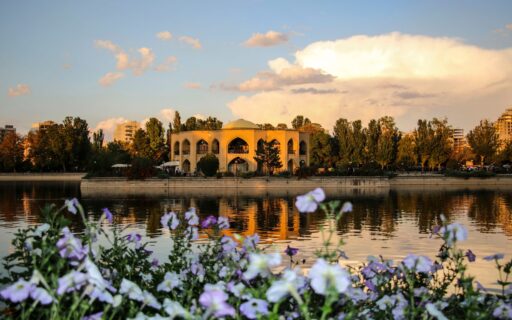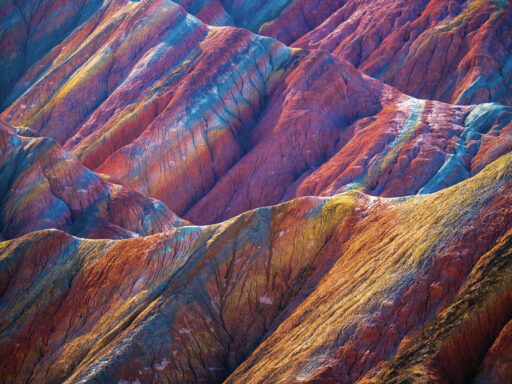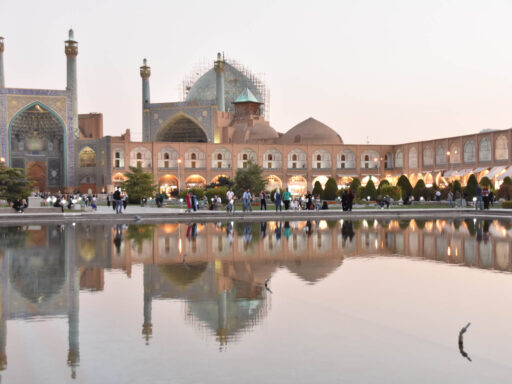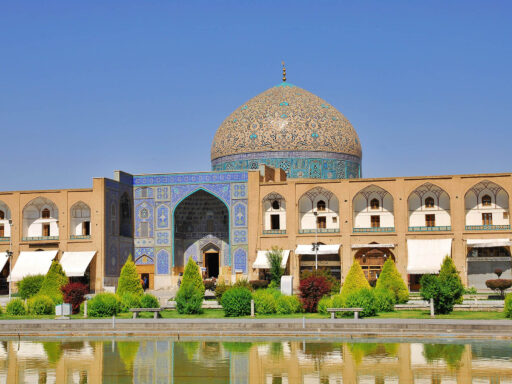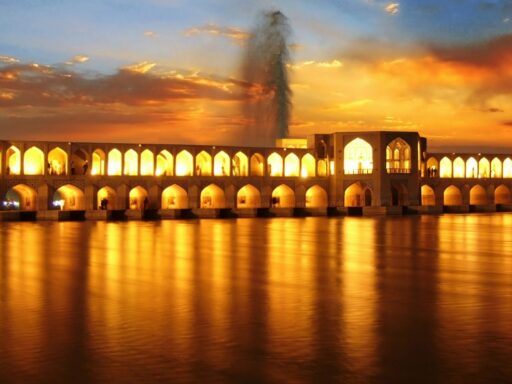In the northwestern corner of Iran, nestled within the vibrant city of Tabriz, lies a serene haven that has captured the hearts of locals and visitors alike for centuries. This enchanting spot, known as El Goli, is much more than just a park; it’s a living testament to Tabriz’s rich history, a showcase of Persian garden design, and a beloved social hub that reflects the warmth and resilience of the Azerbaijani people. Join us as we explore the many facets of El Goli, a timeless oasis that stands as a symbol of Tabriz’s enduring spirit.
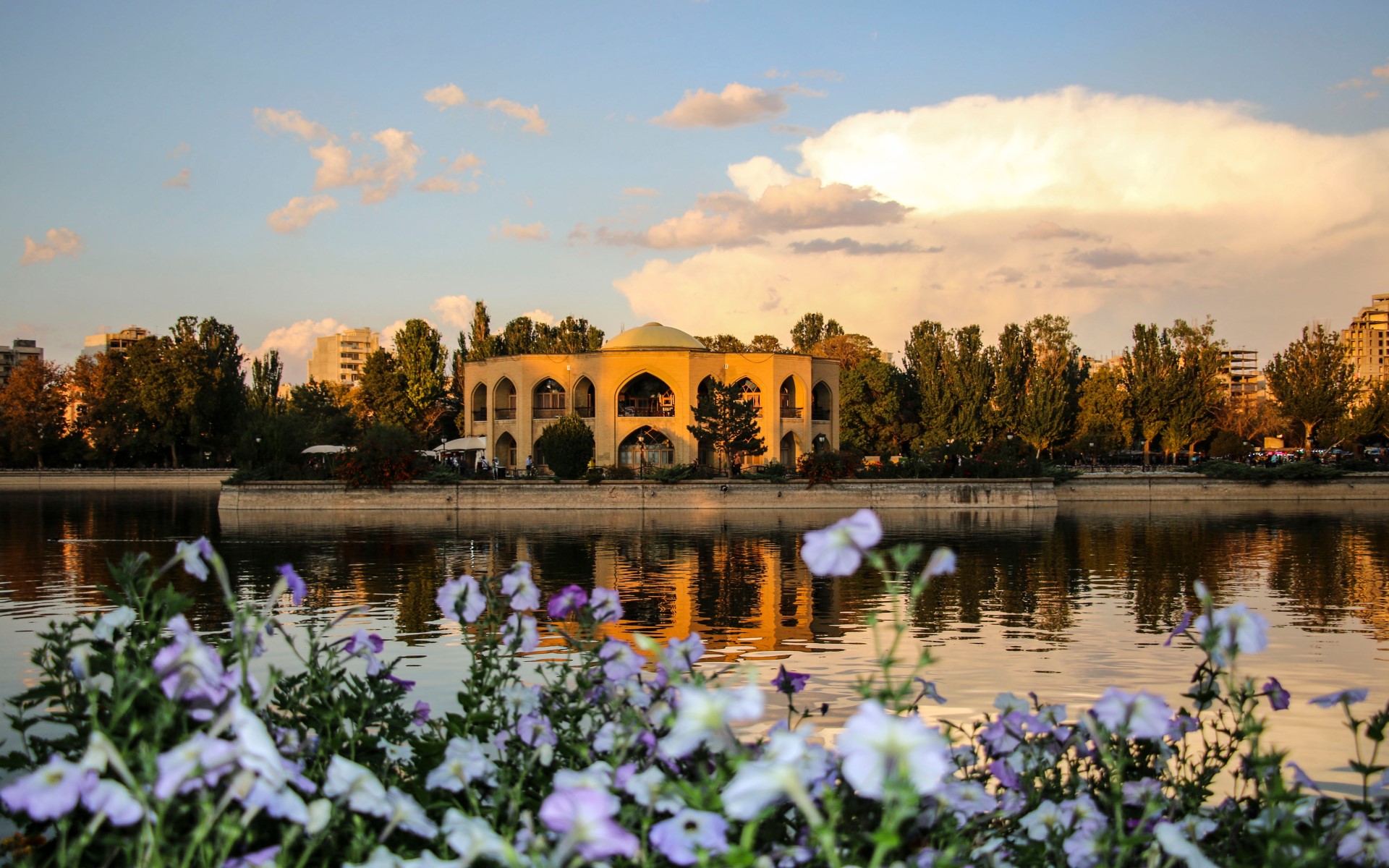
The Historical Tapestry of El Goli
Origins in the Qajar Era
The story of El Goli begins in the late 18th century during the reign of the Qajar dynasty, a period marked by artistic revival and architectural innovation in Iran. Originally named Shahgoli, meaning “the Shah’s pool,” this artificial lake and its surroundings were commissioned by Abbas Mirza, the crown prince of Persia. As the governor of Tabriz and heir apparent to Fat′h Ali Shah Qajar, Abbas Mirza sought to create a summer residence that would offer respite from the city’s heat.
The choice of location was strategic. Tabriz, being an important trade hub on the Silk Road, had long suffered from water scarcity. By damming a creek in the eastern hills, engineers created a reservoir that not only provided a picturesque setting for the royal retreat but also served as a critical water source for the growing city.
A Royal Garden Through the Ages
Over the following decades, Shahgoli evolved from a simple royal garden into an increasingly elaborate complex. Subsequent Qajar rulers expanded the site, adding pavilions, orchards, and formal gardens. During this period, the central island with its iconic octagonal building took shape. This structure, initially a royal summerhouse, was designed in the traditional Azerbaijani architectural style, reflecting Tabriz’s distinct cultural identity within the Persian empire.
By the late 19th century, Shahgoli had become more than just a royal enclave. On special occasions, it was opened to the public, hosting celebrations, poetry readings, and musical performances. This tradition marked the beginning of its transformation from an exclusive retreat to a cherished public space.
From Revolution to Restoration
The 20th century brought dramatic changes to Iran, and Shahgoli was not immune. Following the Constitutional Revolution of 1905-1911, which saw Tabriz as a hotbed of democratic fervor, the park’s royal associations became controversial. After the establishment of the Pahlavi dynasty in the 1920s, the site was renamed “El Goli,” meaning “the people’s lake” in the Azerbaijani language, symbolizing its transition from royal property to public domain.
During the modernization drives of the mid-20th century, El Goli faced threats of neglect and inappropriate development. However, the people of Tabriz, deeply attached to this historic site, advocated for its preservation. In the 1970s, a major restoration project was undertaken. The lake was dredged, the island’s buildings were renovated, and the surrounding areas were landscaped to enhance its Persian garden features. This effort not only restored El Goli’s beauty but also reinforced its status as a national treasure.

The Art of the Persian Garden
El Goli’s Design Philosophy
El Goli stands as a quintessential example of the Persian garden, an art form with over 3,000 years of history. This style, which profoundly influenced garden design from India to Spain, is more than mere landscaping; it’s a physical manifestation of the Persian concept of paradise. In a region challenged by heat and aridity, these gardens create a cooler, greener microclimate that evokes the Quranic description of heaven.
At El Goli, this philosophy is beautifully realized. The garden is structured around the central water feature, a 54,675 square-meter lake that mirrors the sky and surrounding trees, creating an illusion of expanded space. This reflective quality is particularly stunning at sunset when the water turns golden, echoing the poetic imagery often found in classical Persian literature.
Geometric Harmony and Spiritual Symbolism
Persian gardens are known for their strict geometric layouts, usually in rectangular or square shapes divided into four sections. This quadripartite design, known as “chahar bagh” (four gardens), has its roots in the Zoroastrian belief in four sacred elements: earth, water, air, and fire. At El Goli, while the overall shape is dictated by the natural contours of the lake, the island at its heart and the surrounding pathways adhere to this symmetrical principle.
The octagonal pavilion on the island is particularly significant. In Islamic art and architecture, the octagon often symbolizes the transition between the earthly (represented by the square) and the heavenly (represented by the circle). Its eight sides can also signify the eight gates of Paradise described in the Quran. Thus, the pavilion’s design encourages visitors to contemplate the harmony between the physical and spiritual realms.
Flora and the Sensory Experience
A Persian garden engages all senses, and El Goli is no exception. The park boasts a diverse array of trees, including towering Lombardy poplars, fragrant pines, and graceful willows that dip their branches into the lake. In spring, the air is perfumed with the blossoms of fruit trees—apples, pears, and the famous Tabriz cherries. Rose bushes, a staple of Persian poetry, line many paths.
This carefully curated flora serves multiple purposes. Tall trees provide shade, while fruit trees offer sustenance. Some plants are chosen for their aromatic qualities or medicinal properties. The result is a space that’s not just visually pleasing but also fragranced, offering tactile experiences like the cool shade or the brush of a branch, and even tastes from the seasonal fruits.

El Goli: A Living Community Center
A Hub for Family Gatherings
In Iranian culture, family bonds are paramount, and public spaces that accommodate large family gatherings are highly valued. El Goli, with its expansive lawns and numerous picnic spots, has become Tabriz’s premier location for such events. On any given day, especially on weekends, you’ll find multi-generational families spread out on colorful Persian rugs, sharing meals that often include local specialties like Tabriz köfte (spiced meatballs) or ghormeh sabzi (herb stew).
These gatherings aren’t just about food; they’re forums for storytelling, advice-giving, and conflict resolution. Elderly members often hold court, passing down family histories and cultural wisdom. Children play traditional games like “Haft Sang” (a throwing game) or fly kites, activities that have taken place at El Goli for generations. In this way, the park serves as an open-air living room, strengthening familial and community ties.
Romantic Rendezvous and Wedding Photos
El Goli’s beauty makes it a favored spot for Tabriz’s couples. In a society where dating norms are more conservative, the park offers a socially acceptable venue for romantic meetings. Young pairs often rent pedal boats, enjoying private conversations as they navigate the lake. The island’s secluded corners and arched bridges are popular for quiet chats and shy exchanges of gifts, often books of poetry by revered Iranian writers like Hafez or Forough Farrokhzad.
The park is also a prime location for wedding photography. Its varied backdrops—from the shimmering lake to the flower-laden arbors—provide endless creative possibilities. Many Tabrizi couples consider it a good omen to have their wedding photos taken at El Goli, believing that a marriage blessed in this historic, life-giving place will be long and fruitful.
A Stage for Cultural Expression
Throughout its history, El Goli has been a stage for Tabriz’s rich cultural life. Today, it continues this tradition through a variety of events. In summer, the island’s amphitheater hosts performances of Azerbaijani music, featuring instruments like the tar (a long-necked lute) and kamancheh (a spiked fiddle). Ashiq bards, masters of Azerbaijani oral poetry, often accompany these concerts, spinning tales of love, heroism, and social commentary.
During Nowruz, the Persian New Year, El Goli becomes a focal point for celebrations. Families jump over small fires in the “Chaharshanbe Suri” ritual, symbolically burning away the old year’s troubles. On the 13th day of Nowruz, crowds gather at the park for “Sizdah Bedar,” a day spent outdoors to avoid indoor bad luck. Here, among El Goli’s greenery, they tie grass blades together, making wishes for good fortune.
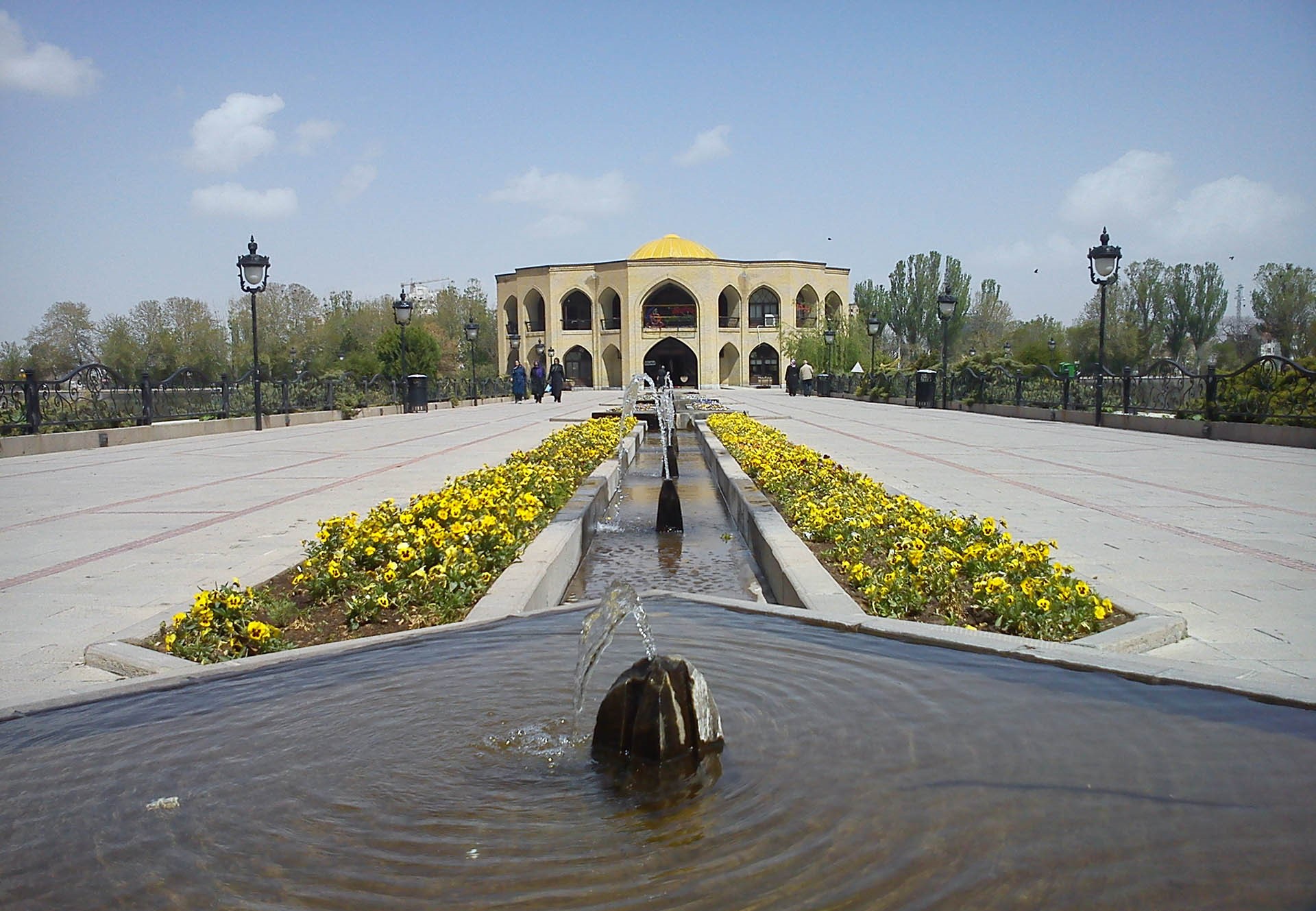
El Goli’s Natural and Recreational Offerings
The Lake’s Ecosystem
Though artificial in origin, El Goli’s lake has developed into a vibrant ecosystem. Its waters support a variety of fish, including common carp, which were traditionally eaten but are now mostly enjoyed by birdwatchers and photographers. In recent years, there have been efforts to introduce native species like the Caspian kutum, which is endangered in its natural habitats.
The lake attracts a wide array of birdlife, making El Goli an unexpected urban birding hotspot. Migratory species like grey herons, cattle egrets, and various ducks use it as a stopover on routes between Europe and Africa. Year-round residents include the white-throated kingfisher, whose vivid blue and orange plumage often surprises first-time visitors. Local conservationists offer guided birding tours, using El Goli as a tool to raise ecological awareness.
Sports and Fitness Activities
Tabriz has a strong sporting tradition, particularly in wrestling and weightlifting, and El Goli plays a role in this culture. Early mornings see groups practicing varzesh-e pahlavāni, a traditional Iranian system combining martial arts, calisthenics, and spiritual practice. Its rhythmic movements, accompanied by drum beats and recited poetry, create a mesmerizing spectacle against the lake’s backdrop.
The park’s 2.5-kilometer walking trail, which encircles the lake, is popular with joggers and fitness enthusiasts. Exercise stations along the path offer opportunities for strength training. In a health-conscious move, city authorities have also installed air quality monitors around El Goli. These provide real-time data, allowing residents to plan their outdoor activities when air quality is best, typically in the early morning.
Winter Wonderland and Summer Coolness
El Goli’s charm isn’t limited to the warmer months. When winter blankets Tabriz in snow, the park transforms into a magical scene. The frozen lake becomes a natural ice rink, drawing skaters of all ages. Local legend has it that some of Iran’s top speed skaters first discovered their talent here. The snowy slopes around the lake are perfect for sledding, and snowball fights between families are common, often ending in shared thermoses of hot tea.
In contrast, El Goli provides a cool retreat during Tabriz’s hot summers. The lake’s large water surface and the transpiration from thousands of trees create a microclimate that can be several degrees cooler than the city center. This effect made El Goli crucial in the days before air conditioning. Even now, many Tabrizis escape to the park on scorching afternoons, staying until the sun sets over the lake in a spectacular display.
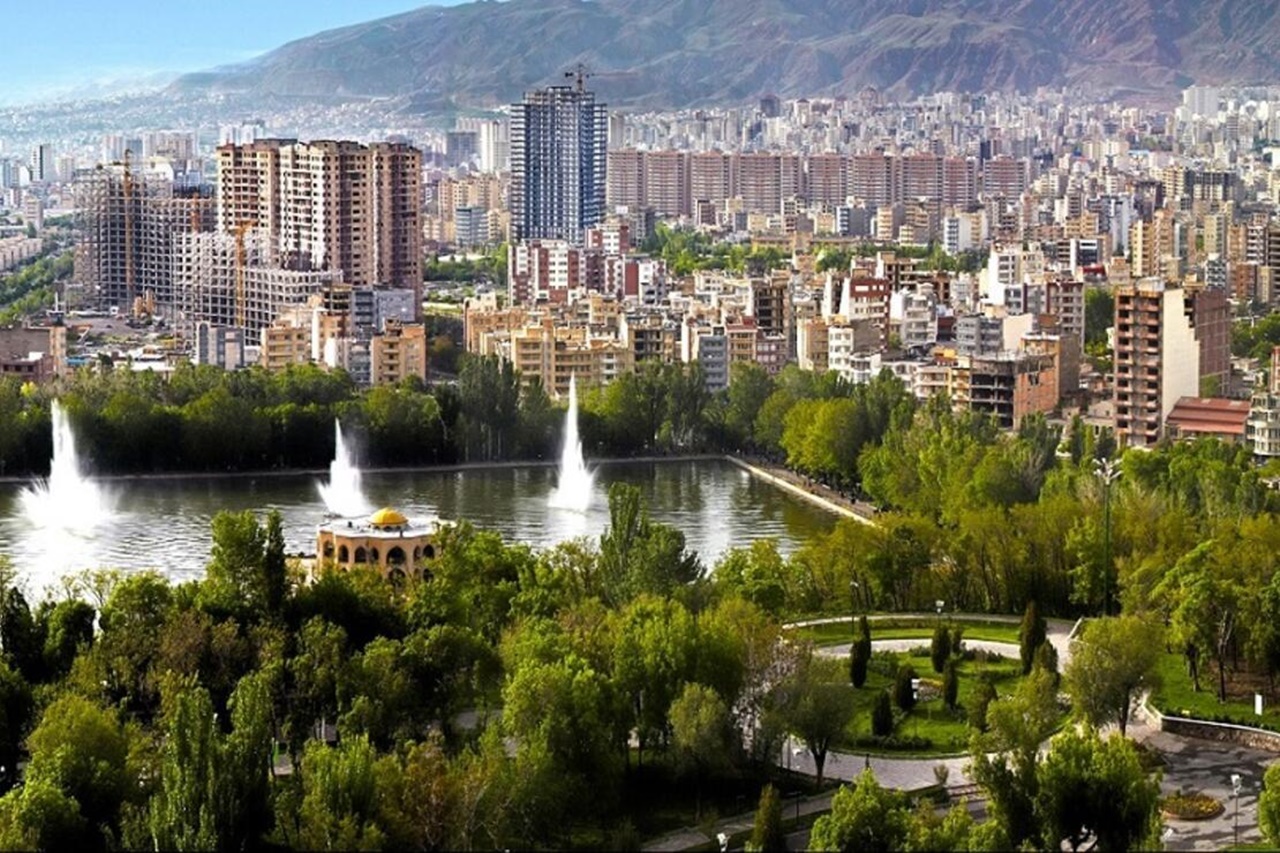
Challenges and the Future of El Goli
Urban Pressures and Conservation
As Tabriz has grown into a metropolis of over 1.7 million people, El Goli faces increasing urban pressures. The park’s popularity, while a testament to its value, also brings challenges like litter, noise pollution, and wear on its historic structures. In busy periods, the number of pedal boats on the lake has raised concerns about water quality and the disturbance of wildlife.
In response, local authorities and community groups have launched several initiatives. A “Keep El Goli Green” campaign promotes responsible behavior, with volunteers offering reusable bags and educating visitors about recycling. Boat numbers are now regulated, with electric models gradually replacing pedal boats to reduce both noise and physical disruption of the water. There are also ongoing efforts to monitor the lake’s health, including regular checks for algal blooms and pollution levels.
Climate Change and Water Management
Like many parts of Iran, Tabriz is grappling with the effects of climate change, particularly drought. This poses a direct threat to El Goli, whose very existence depends on reliable water sources. Historically, the lake was replenished by mountain streams and groundwater, but decreased rainfall and increased water extraction have diminished these inputs.
To ensure El Goli’s sustainability, engineers are exploring innovative solutions. One proposal involves creating a closed-loop system where the lake’s water is continuously filtered and recirculated, minimizing loss. Another idea is to integrate El Goli into a larger urban water management plan, using it as a reservoir for treated wastewater that can then irrigate city parks. Some even suggest reviving qanats—ancient underground aqueducts—to bring water from distant springs.
A Model for Urban Green Spaces
Despite these challenges, many urban planners see El Goli as a model for how historical green spaces can be adapted for contemporary needs. Its success has inspired projects in other Iranian cities. In Isfahan, efforts are underway to rejuvenate the Safavid-era Chehel Sotoun Garden, incorporating lessons from El Goli’s community engagement strategies. Tehran is studying El Goli’s microclimate effects to inform the design of new urban parks that can help mitigate the capital’s heat island problem.
There’s also growing international interest. Landscape architects from countries like India and Morocco, which share some of Iran’s climatic challenges, have visited El Goli. They’re particularly interested in how this centuries-old design still provides effective passive cooling and water conservation. Some see the park as a case study in “vernacular sustainability”—using traditional, locally-adapted techniques to address modern environmental issues.

Conclusion: El Goli’s Timeless Resonance
In a world where cities often expand at the expense of their heritage and natural beauty, El Goli stands as a radiant counterexample. This enchanting park in Tabriz demonstrates that progress and preservation need not be at odds. Through centuries of political upheaval, cultural shifts, and environmental challenges, El Goli has not merely survived but evolved, continuously renewing its relevance to the people it serves.
The park’s longevity springs from its multifaceted nature. To historians, it’s a living chronicle, reflecting the tastes and values of successive eras. Architects and designers admire it as an exemplar of the Persian garden tradition, a style whose harmonious principles resonate even in our busy digital age. Ecologists see a surprising urban haven, where kingfishers dive and morning exercisers breathe cleaner air. For countless Tabriz families, it’s simply “our El Goli”—the backdrop for cherished moments, from first dates to golden wedding anniversaries.
Perhaps most remarkably, El Goli embodies the spirit of Tabriz itself. This city, one of the oldest in Iran, has endured invasions, earthquakes, and revolutions. Yet like the graceful willows that regrow after being pruned, Tabriz always regenerates, adapting while retaining its core identity. El Goli mirrors this resilience. Its royal lake became the people’s park; its ancient designs now inspire sustainable innovations.
As you stroll along El Goli’s shaded paths or watch the sunset paint its waters gold, you’re not just visiting a beautiful location. You’re engaging with a place that transcends time and category—a royal retreat turned public treasure, a manmade lake that nurtures natural life, an oasis of calm that pulses with community spirit. In our fast-changing, often-divided world, El Goli reminds us that the most enduring spaces are those that bring people together, refreshing both the land and the soul. It is, in every sense, an evergreen landmark, as vital to Tabriz’s future as it is beloved in its past.

